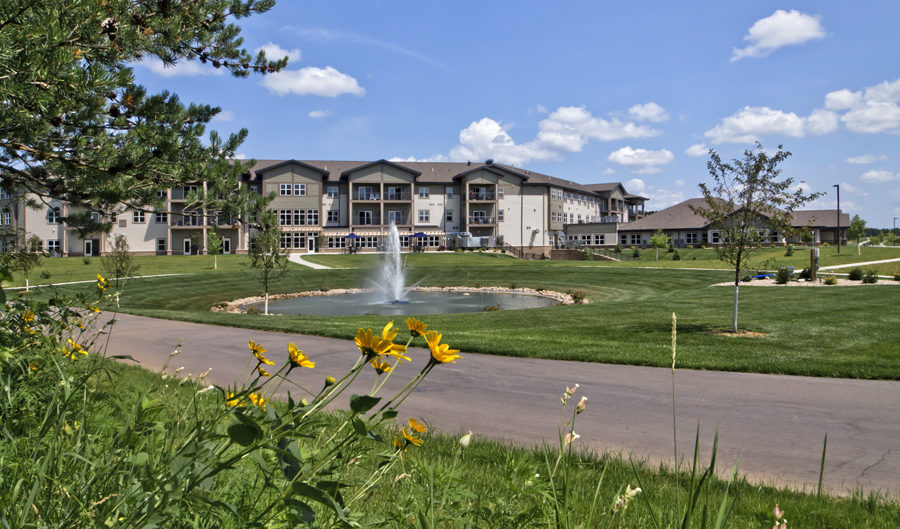
Seniors who want to retain some independence can consider assisted living. A home-like atmosphere allows residents to continue their hobbies and other activities. Assistive living facilities offer many enrichment activities for residents. A number of factors should be taken into account when choosing an assisted living facility.
Assisted living is an option
It is a big decision to choose an assisted living facility. It isn't just about the price - many factors will play a role in the decision, including how much the facility costs, how convenient it is, and whether it's in a good location. Long-term care insurance covers assisted living. Medicare doesn't pay for it. Medicaid, the federal/state insurance program for people with low incomes and assets may be able to cover the cost.
Assisted living offers seniors the opportunity to continue living independently, or for assistance with their daily lives. Assistive living communities enable residents to live independently while being supported in their daily activities. My former client who was in caregiving struggled to make healthy meals at her home and felt lonely being around others. Her new environment had a dining area that was shared with other residents. This allowed her to retain a sense of independence and community.

It allows seniors maintain their independence.
Assisted Living is for those who need help with everyday activities, but want to keep their independence. It can help them keep their sense of identity and dignity, which will lead to a higher quality of life. This lifestyle also provides the benefit of being part of a group of senior citizens who are like-minded.
Assisted living usually includes a monthly cost that covers housekeeping, maintenance, security and nursing observation. It also includes three meals per days and 24-hour personnel. Most assisted living facilities offer between one and two hours of personal assistance per day. This could include assistance with dressing, bathing, and toileting. A few facilities even offer subsidized services that can help seniors cover the monthly cost.
It provides life enrichment activities
Life enrichment activities can be a great benefit for residents in an assisted living community. These activities can enhance the quality of senior's lives by meeting their spiritual, physical, and social needs. These activities are person-centered, and each resident is able to choose the activity that suits them best. For example, a resident's interests can be fulfilled by participating in art, music, or gardening. They may also be able to learn new skills.
Although a traditional classroom environment can keep seniors mentally and physically active, assisted living communities offer much more than just classes. A life enrichment coordinator can bring new activities, programs, or people with common interests. For example, a resident may enjoy dancing.

It is less expensive than nursing homes
According to a recent survey by the American Health Care Association, assisted living is less expensive than nursing homes. A semi-private room at a nursing home costs nearly $89,000 annually, while an assisted living room is approximately $48,000 per year. In both cases, Medicare covers some of the cost.
However, it is important to note that assisted living does not necessarily provide round-the-clock nursing care. Finding home health care aides to help you can be costly. Also, not all assisted living communities have the ability to offer this level of care. Additionally, assisted living facilities often operate on a private-pay model so it can be difficult to estimate costs.